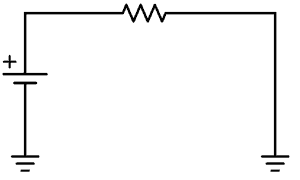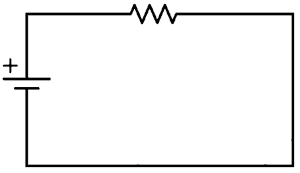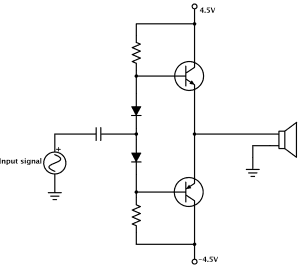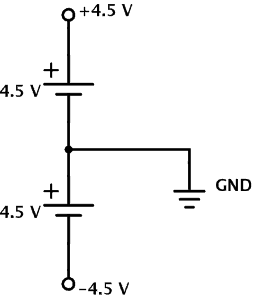
O aterramento é confuso. Eu acho que a maioria das pessoas que começaram eletrônica aprendizagem pediram «O que é chão?» Em um ponto ou outro. Você está realmente supor para ligar o circuito para a terra? Eu acho que o chão razão é confuso, é porque é diferente em eletrônica e em sistemas elétricos de alta tensão.
Grounding in electronics
I got an email from a reader a little while back:
«[...] The ground symbol keeps appearing at different points in a circuit and I could not understand why a particular location was chosen for grounding [...]»
And here is what I wrote back:
Usually in electronics, ground is just a name we give to a certain point in the circuit. In a circuit with one battery (with a positive and a negative terminal), we usually refer to the negative terminal as ground.
Flow of Current When the Ground Symbol is Shown
To see how the current flows in a circuit diagram with ground symbols, just connect all the points that have ground symbols. That is what you do when you build the circuit.
 A schematic using ground symbols
A schematic using ground symbols
 The same schematic shown without ground symbols
The same schematic shown without ground symbols

A schematic using ground symbols

The same schematic shown without ground symbols


Nenhum comentário:
Postar um comentário